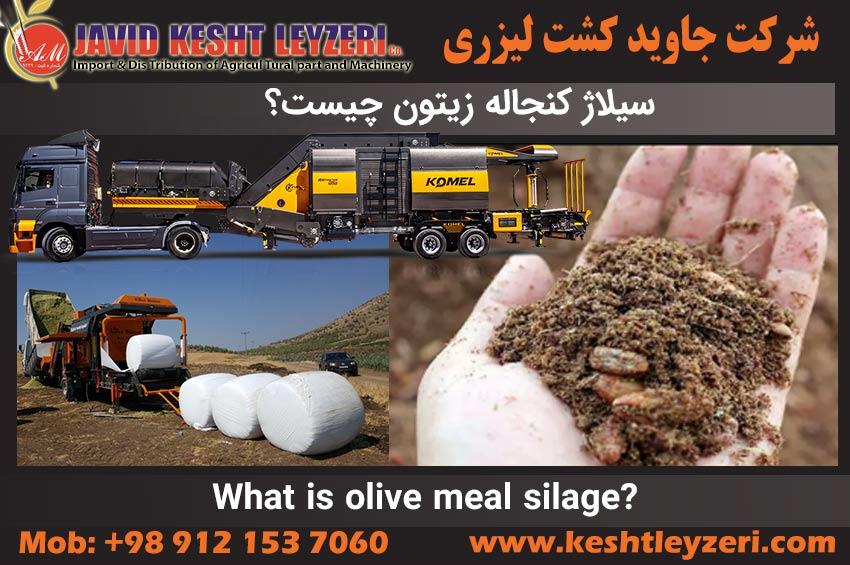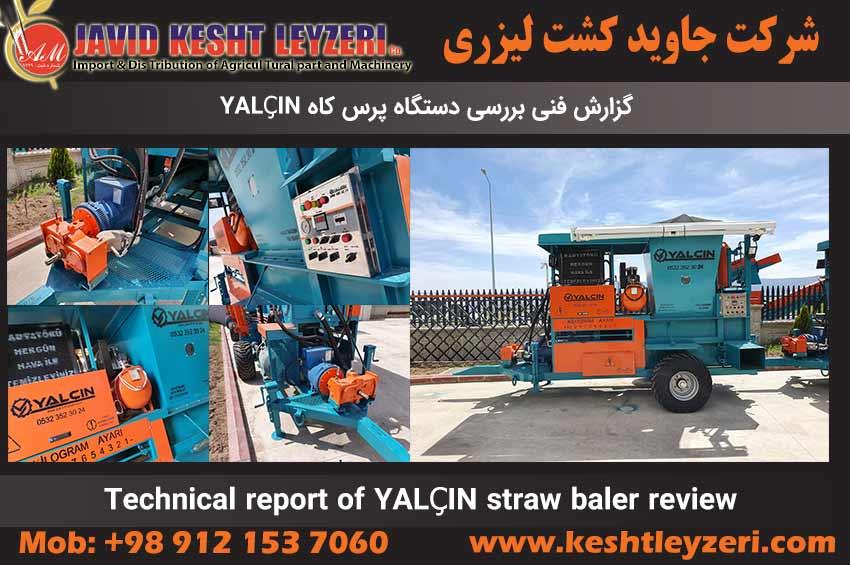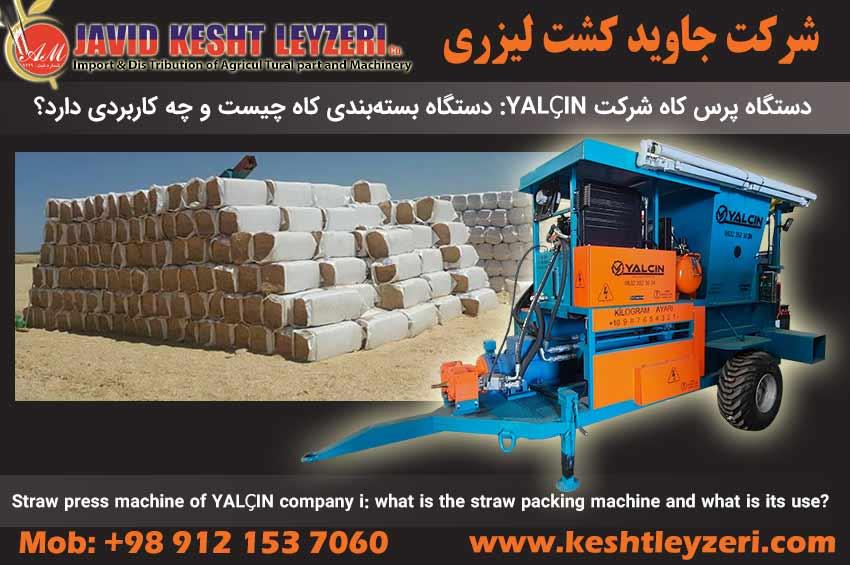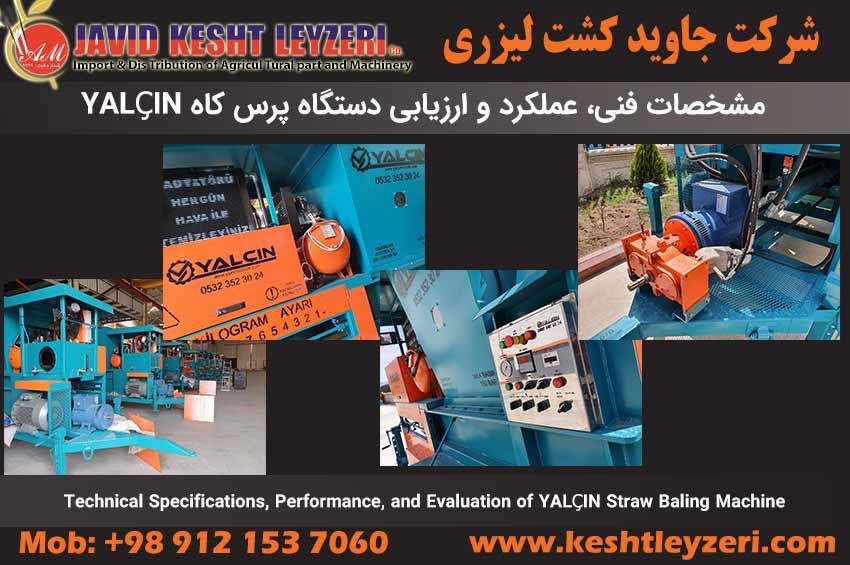
What is olive meal silage?
javid keshtleyzeri Co.ltd
List of contents of this section:
What is olive meal?
How is olive meal used in animal feed?
How is olive meal used in poultry feed?
What are the properties of olive meal for livestock and poultry feed?
What is enriched olive meal?
What is olive meal silage?
In the following, the above contents will be reviewed in full.
What is olive meal?
Olive meal is roasted and chopped olive skin. This material is commonly used as an important ingredient in the olive industry. Also, olive meal may be used in other industries such as producing compost and food products. Olive meal is a byproduct of the olive oil production process. This means that after harvesting, the olives are taken to the olive oil factories, and during the process, the oil is separated from the olive core and core. It is suitable and useful for feeding livestock and poultry. Olive pomace is dark brown in color and contains crushed olive kernels, olive skin and some oil. The use of olive pomace in livestock and poultry feed is due to its saturated fatty acids. It makes digestion easier and better. Olive pomace provides cheap energy and fiber for animal feed, and therefore it is used to improve the quality of fat in animal products. The taste of flour is bitter and you can combine it with 10% molasses in the diet.
How is olive meal used in animal feed?
Feeding olive pomace in the diet of livestock, especially lactating livestock, improves the quality of milk fat. You can use about 15-20% in the diet of young animals and about 20-25% in the diet of dairy and meat animals.
Using olive meal in animal feed can be useful and effective. It is usually added as an oral supplement to livestock feed to help milk secretion and livestock growth. Also, olive meal can be used in combination with other feed and other food items as a replacement for the evaluated caloric and nutrient requirements. However, before using olive meal in animal feed, it is better to consult with relevant experts to have the correct and optimal use.
How is olive meal used in poultry feed?
You can replace about 10% of oats and corn in poultry feed. Poultry feed olive meal can be used to feed chickens, quails, turkeys and other poultry. To use it, first add crushed and powdered flour to your poultry feed. This food item contains protein, fat, cellulose and other nutrients that can promote the growth and health of poultry. It is recommended to use an appropriate amount of olive meal in poultry food and coordinate with the instructions and guidelines of your type of poultry.
What are the properties of olive meal for livestock and poultry feed?
Olive meal is a rich source of nutrients that can be used in animal and poultry feed. It has various properties for livestock and poultry feed, including:
1. Protein source: olive meal contains a significant amount of protein, which is very useful for the growth and strengthening of livestock and poultry muscles.
2. Dietary fiber: Olive meal contains a lot of dietary fiber, which acts as a good source of mineral nutrition for livestock and poultry and helps the health of the digestive system.
3. Medicinal: Some research has shown that olive meal may have antibacterial and anti-inflammatory properties that can help improve the general health of livestock and poultry.
4. Energy supply: Also, olive meal may be used as an energy source for livestock and poultry, because it has a significant level of sugars and oil.
In general, the use of olive meal in feeding livestock and poultry can help improve the level of nutrition, growth, and health of these animals. However, livestock and poultry production and feeding companies always set their own conditions for using this material.
In general, olive meal has the following properties:
Contains omega 3 oil
Has a powerful antioxidant
Rich in fiber
Rich source of vitamins
You have extremely high energy
And ….
What is the price of flour in the market?
The price of flour in the market is priced according to the rise and fall of most inputs. Also, the percentage of mantle, core and moisture has an effect on the price.
What is enriched olive meal?
Enriched flour is flour that is combined with molasses or protein.
These supplements (protein, molasses) make food taste good and also increase its protein.
Buying high-quality olive meal for animal and poultry feed
The advantages of buying high-quality olive meal for livestock and poultry feed can be stated in several cases, the most important of which is perhaps the reduction of costs and the replacement of inputs in the diet.
Buying olive meal for livestock and poultry has advantages that have been proven in recent years through various tests and experiences from the use of this product.
It is better to take a look at the analysis of olive meal
Protein 8.58%
Fat 3.58%
ash 4.6%
In terms of analysis, olive meal has been able to get an acceptable score, except for the mentioned cases, this product has high fiber, which can be very useful for the digestive system of livestock and poultry.
Olive meal is a good substitute for a part of barley and corn in livestock and poultry diets.
Replacement percentage of olive meal in livestock and poultry feed
Ostrich 35-45%
Large livestock 25-30%
Small livestock 20-25 percent
Egg-laying poultry 8-10 percent
Broiler 8%
This issue of replacement can have a high impact on saving livestock in the cost
have their
What is olive meal silage?
Olive meal has a low digestibility due to its lignocellulosic content. Instead, the remaining oil obtained from de-oiling, which is usually done without the use of chemical solvents, has made the amount of metabolizable energy to be considered. Ensiling it In bags of silage, it can help with molasses to improve its quality and prevent the oxidative swelling of the oil that occurs when exposed to air.
Olive meal silage, which includes meal and oil residue from the olive extraction process, has low digestibility due to its lignocellulosic content. But this silage can have a significant amount in terms of the remaining metabolizable energy of the oil. Using silage bags and adding molasses to olive meal silage can significantly improve the quality and prevent the aerobic oxidation of the oil that occurs in contact with air.






